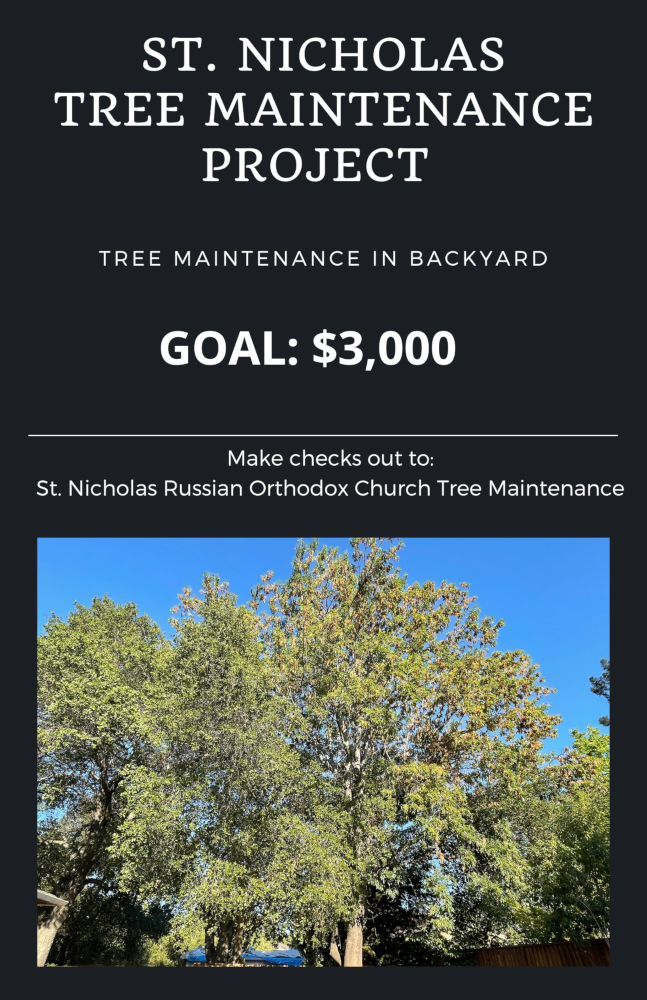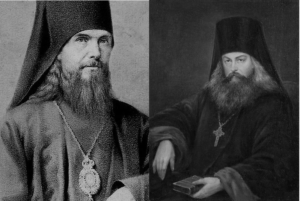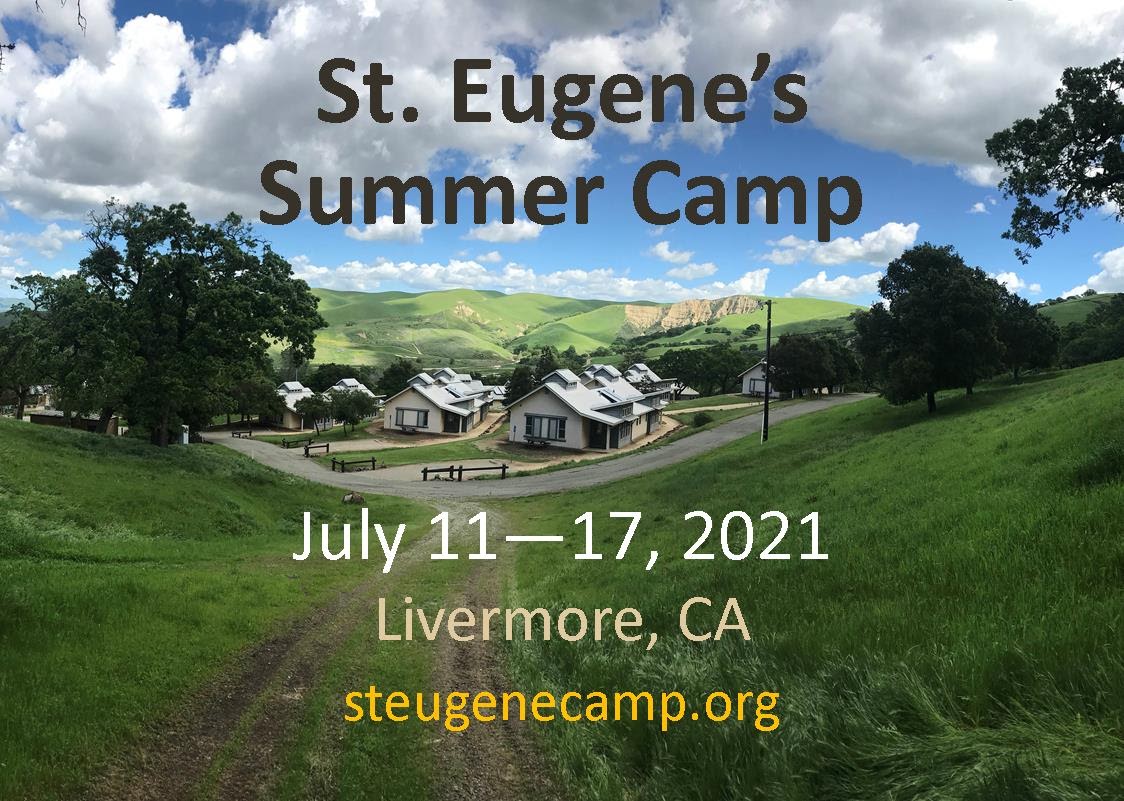
Focus on the Faith
BEHOLD, I STAND AT THE DOOR
There is an amusing story, written by Matthew Kelly, which goes something like this: “ A parish priest had the custom of visiting his parishioners on Saturday afternoons. He came to one home and knocked on the door. No one answered, but he could hear the radio playing and even some footsteps so he knew someone had to be inside. He knocked louder. No one came. Finally, he pounded on the door, but got no response. So he took out a business card, wrote a Bible verse on it and stuck it in the door.
Ten minutes later a lady - who had been in the house all the time - opened the door. When she did, the card fell out. She saw the priest's name and the Bible verse: Revelation 3:20. Curious, she got out her Bible and read the verse. It said: "Behold, I stand at the door, and knock: if any man hear my voice, and open the door, I will come in to him, and will sup with him, and he with me."
Well, on Sunday morning the priest noticed his business card was in the collection basket. When he picked it up, he saw that his verse was crossed out and replaced by Genesis 3:10. The priest was curious so he went to the sacristy and got out his Bible. The verse said, "I heard thy voice in the garden, and I was afraid, because I was naked; and I hid myself."
I know that this story is really a joke, but it does, nonetheless, make an important point about the meaning of Christmas. Someone IS knocking at our door – and whether or not we open that door determines our life in eternity. It isn't the parish priest who is knocking, it is the Great High Priest Himself, our Lord Jesus Christ.
Over the millennia, God has gone through great efforts to enter the hearts and lives of the people He created. Even before the world was created, God had each and every one of us in His mind, and a plan as to how He would try to reach us. In every age He has revealed Himself to people, either individually or in a group, as in the case of His original Chosen People, our spiritual forebears, the Jews. But when the time was right, “while all things were in quiet silence, and that night was in the midst of her swift course, Thine Almighty word leaped down from heaven out of thy royal throne,...into the midst of a land of destruction” (Wisdom of Solomon 18: 14-15), and took flesh of the Most Holy Virgin, and dwelt among us (cf John 1:14). He became one of us precisely so He could approach us, and be close to us.
David, in the Psalms, says: “My heart said unto Thee: I will seek the Lord” (Psalm 26:8 LXX). An arrogant and haughty heart is naked in its pride. It will always find a way to hide from the Lord. But the humble and open heart, God will not despise, because it rejoices in His presence (cf Psalm 50: 17).
From the Holy Fathers and Mothers
THE RENEWAL OF HUMANITY...the perfection of our humanity, according to the teaching of St. Irenaeus, must be brought to pass by the dispensation of the Incarnation of the Son of God, not by any kind of doctrine, not by the writing of any book. By taking flesh and becoming man, the Son of God, the Second Person of the Holy Trinity, made men partakers of the Divine nature. Assuming human nature in the unity of His Hypostasis, the Son of God by taking flesh became the New Adam, the Progenitor of the new humanity. “Beholding him that was in God’s image and likeness fallen through the transgression, Jesus bowed the heavens and came down, and without changing He took up His dwelling in a Virgin womb: that thereby He might fashion corrupt Adam anew.” St. Irenaeus says that the Son of the Most High became the Son of man in order to make man a son of God. In the new humanity, built upon the foundation of the Incarnation of the Son of God, the unity of our human nature, broken by sin, is restored. Christ Himself named this new humanity the Church. (From Holy Scripture and the Church, St. Hilarion Troitsky, in Orthodox Word, 2009)
In the Old Testament a Hebrew virgin (Miriam) led an army through the sea (Ex. 15:21); in the New testament a king’s daughter (the Virgin Mary) was chosen to be the heavenly entrance to salvation.” (St. Ambrose of Milan, Synodal Letter 44)
Orthopraxis - The Real 12 Days of Christmas
Sometime in the early days of November, as things now stand, the "Christmas Season" (or increasingly the "Holiday Season") begins. The streets are hung with lights, the stores are decorated with red and green, and you can't turn on the radio without hearing songs about the "spirit of the season" and the glories of Santa Claus who will hopefully put my love life in order. The excitement builds and builds until the morning of December 25, and then it stops, abruptly. Christmas is over, and people go back to their "normal" lives.
The traditional Christian celebration of Christmas, East and West, is exactly the opposite. The preparatory season of Advent for Orthodox Christians begins on the fifteenth of November, and for nearly 6 weeks Christians await the coming of Christ in a spirit of expectation, singing hymns of longing. Then, on December 25, Christmas Day itself ushers in twelve days of celebration, ending only on January 6 with the feast of Theophany, sometimes called “Epiphany.”
A wonderful part of the Orthodox celebration of Christmas is exactly this period of Christmastide or the 12 Days of Christmas. It is one of those rare times in the life of the Church where all fasting is suspended, and the fulness of Christ’s incarnation is on full display.
The Twelve Days of Christmas are a festive period linking together two Great Feasts of the Lord: Nativity and Theophany. During this this 12 Day period one celebration leads into another. The Nativity of Christ is a three day celebration: the formal title of the first day is "The Nativity According to the Flesh of our Lord, God and Saviour Jesus Christ", and celebrates not only the Nativity of Jesus, but also the Adoration of the Shepherds of Bethlehem and the arrival of the Magi; the second day is referred to as the "Synaxis of the Theotokos", and commemorates the role of the Virgin Mary in the Incarnation; the third day is known as the "Third Day of the Nativity", and is also the feast day of the Protodeacon and Protomartyr Saint Stephen. The 29th of December is the Orthodox Feast of the Holy Innocents. The Afterfeast of the Nativity (similar to the Western octave) continues until 31 December (that day is known as the Apodosis or "Leave-taking" of the Nativity).
The Saturday following the Nativity is commemorated by special readings from the Epistle (1 Tim 6:11-16) and Gospel (Matt 12:15-21) during the Divine Liturgy. The Sunday after Nativity has its own liturgical commemoration in honor of "The Righteous Ones: Joseph the Betrothed, David the King and James the Brother of the Lord".
The 1st of January, the "hinge" at the center of the festal period, is another feast of the Lord (though not ranked as a Great Feast): the Feast of the Circumcision of the Lord. On this same day is also the feast day of Saint Basil the Great, and so the service celebrated on that day is the Divine Liturgy of Saint Basil. The 2nd of January begins the Forefeast of the Theophany.
The Eve of the Theophany (5th of January) is a day of strict fasting, on which the devout will not eat anything until the first star is seen at night. This day is known as Paramoni ("Preparation"), and follows the same general outline as Christmas Eve. That morning is the celebration of the Royal Hours and then the Divine Liturgy of Saint Basil combined with Vespers, at the conclusion of which is celebrated the Great Blessing of Waters, in commemoration of the Baptism of Jesus in the Jordan River. There are certain parallels between the hymns chanted on Paramoni and those of Good Friday, to show that, according to Orthodox theology, the steps that Jesus took into the Jordan River were the first steps on the way to the Cross. That night the All-Night Vigil is served for the Feast of the Theophany.
Upcoming Events
Upcoming events this month are in the attached PDF calendar (Events are subject to change! see the online calendar for updates or the attached PDF for more info).



